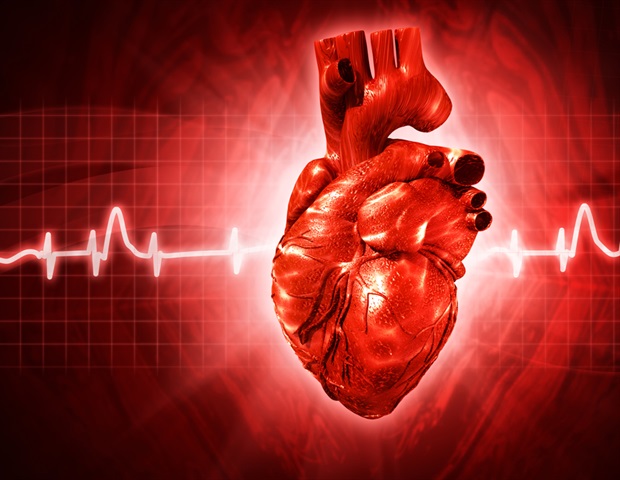Researchers linked meteorological history in New York State with data from over 1.1 million emergency room visits during 2005-2013 and found higher emergency room visits for kidney-related problems such as acute kidney injury, kidney stones, and urinary tract infections during days with extreme heat exposure.
Given the increasing frequency and intensity of extreme heat exposure due to climate change and the growing prevalence of kidney disease worldwide, researchers examined their association with one another. They examined the association between extreme heat exposure and kidney disease–related emergency department (ED) visits based on seasons and disease subtypes in New York state.
In their paper published in the American Journal of Kidney Diseases (AJKD), extreme heat exposure was significantly associated with an increased risk of ED visits for multiple types of kidney disease (mainly acute kidney injury, kidney stones, and urinary tract infections). Furthermore, the impact of extreme heat exposure lasted a week and was stronger in the transitional months (May and September) than the summer months (June, July, and August).
Source:
National Kidney Foundation
Journal reference:
Qu, Y., et al. (2022) Associations Between Ambient Extreme Heat Exposure and Emergency Department Visits Related to Kidney Disease. American Journal of Kidney Diseases. doi.org/10.1053/j.ajkd.2022.09.005.





